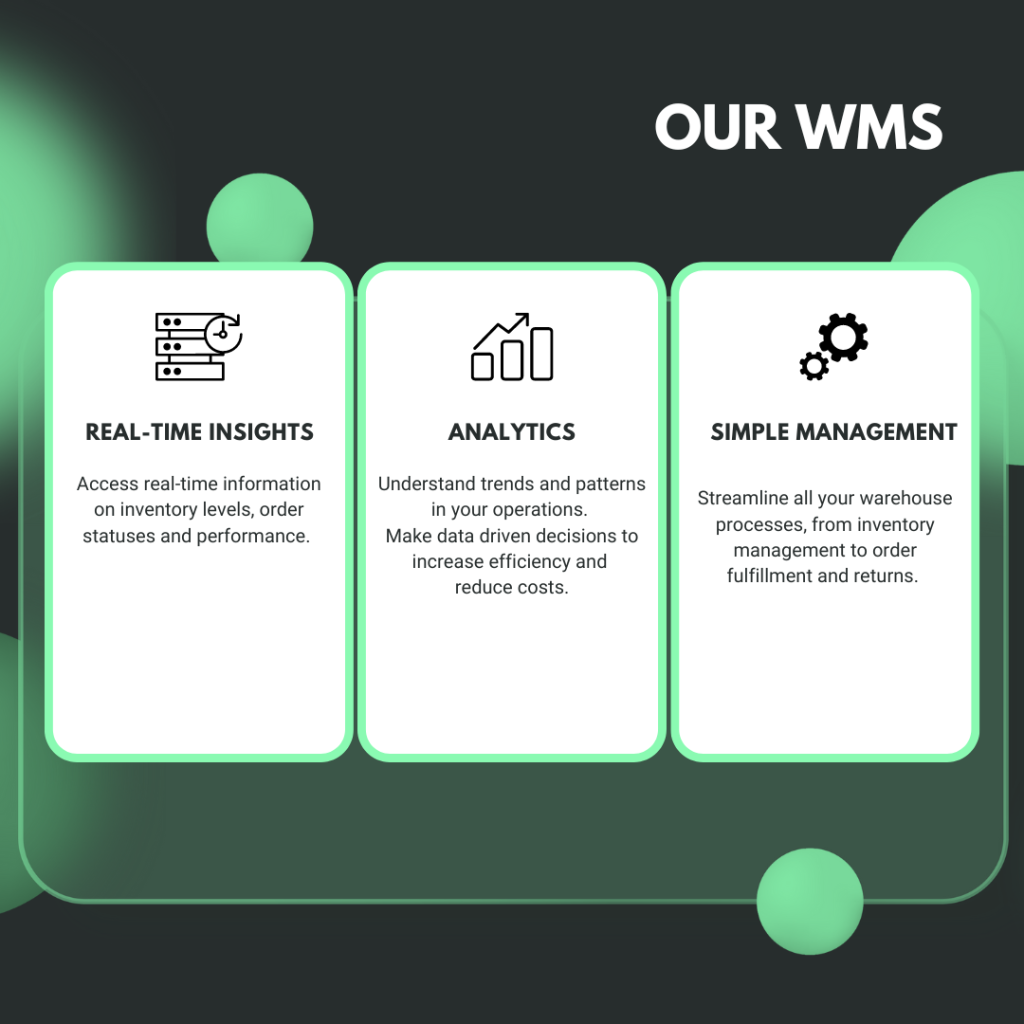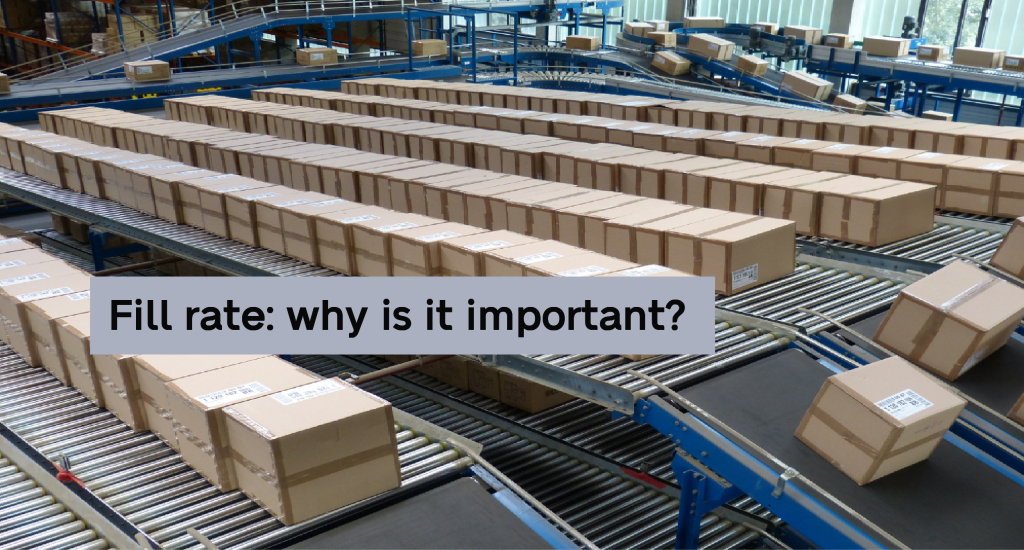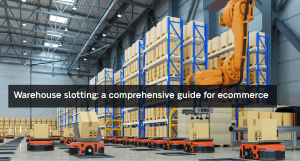Fill rate, also known as order fulfillment rate and demand satisfaction rate reflects how efficiently you are meeting customer demand without delays. It measures the percentage of orders that can be shipped immediately from available inventory without resorting to backorders and missing out on sales. It is a very important metric to keep track of, as it helps to build the best strategy for inventory management, ensuring the right product availability and SKU performance.
The different types of fill rate
The most common fill rate that businesses usually measure is order fill rate, however, there are different types of fill rate, each providing precious insights on the efficiency of your supply chain.
ORDER FILL RATE
This measures the number of orders fulfilled without any backorders or stockouts. A high order fill rate indicates the ability to fulfill customer orders fast and effectively.
LINE FILL RATE
This measures the percentage of single line items on an order that are completely fulfilled out of the total number of order lines. An order line is any single line item on an order bill. For instance, if you have have 8 orders out of 16 order lines in total, once multiplied by 100, you obtain a line fill rate of 50%.
CASE FILL RATE
This applies to inbound logistics for a warehouse as well as outbound logistics for distributors and carriers. It tracks the percentage of product cases shipped initially out of the total number of product cases ordered.
WAREHOUSE FILL RATE
This metric is similar to order fill rate but applied to warehouse operations. It measures the percentage of customer orders fulfilled and shipped by the warehouse. You should maintain a number as close as possible to 100%.
VENDOR FILL RATE
In wholesale and distribution, vendor fill rate calculates the percentage of vendors who deliver confirmed orders out of the total number of vendors. This metric is useful to assess vendor reliability for better decision making.
How do you calculate fill rate?
(Total Number of Customer Orders Shipped / Number of Customer Orders Placed) * 100
Why is fill rate important?
Fill rate is a crucial metric to track because it can help you understand if you are satisfying your customers, if your business is performing well, and even if you are loosing money due to unnecessary inventory costs. A permanently low or declining fill rate may be a reason to look into the different steps of your fulfillment process to understand the cause of delays and inefficiencies. It could be linked to issues with inventory management, especially if your delays are very often caused by stockouts. Also, if you are spending too much time recounting inventory or repacking, you may have issues with order accuracy. Whichever the case, tracking fill rate is essential to understand customer demand and build a solid logistics strategy that relies on restocking items at the right time and in the right quantity.
Does fill rate affect customer loyalty?
A high fill rate means you are able to fulfill orders fast and meet customer demand promptly. This will make you appear as a reliable partner and customers will likely remain loyal to your brand. On the contrary, a low fill rate means you aren’t satisfying demand appropriately, and will harm your reputation.
Does fill rate affect inventory management?
A high fill rate is an indicator of effective inventory management. Nowadays, it can be obtained by automating processes and by relying on data. This approach is the foundation for long-term business growth and solid brand reputation, as it indicates the ability to leverage sales opportunities effectively.
Does fill rate affect business costs?
A low fill rate impacts your revenue because it means you’re not fulfilling all your customer orders, hence you’re losing sales.
Fill rate can make your inventory costs jump. For example, a low fill rate may be linked to inefficient inventory management, which leads to overstocking or out of stock situations and these can be very costly for a business. Also, you could be paying higher storage costs for inventory you don’t need.
What is a good fill rate?
Achieving a perfect order rate is what your business should aim for! This means your fill rate should be as close to 100% as possible. Averagely, businesses maintain a fill rate of about 85%-95%. The fastest way to achieve a high fill rate is by partnering with a 3PL. A fulfillment partner like eLogy can help you achieve high numbers, thanks to a solid fulfillment network and advanced automation tools.
Talk to an expert
Connect with our sales team to learn more about how to improve your fill rate and how you relate to competitors in your industry.






